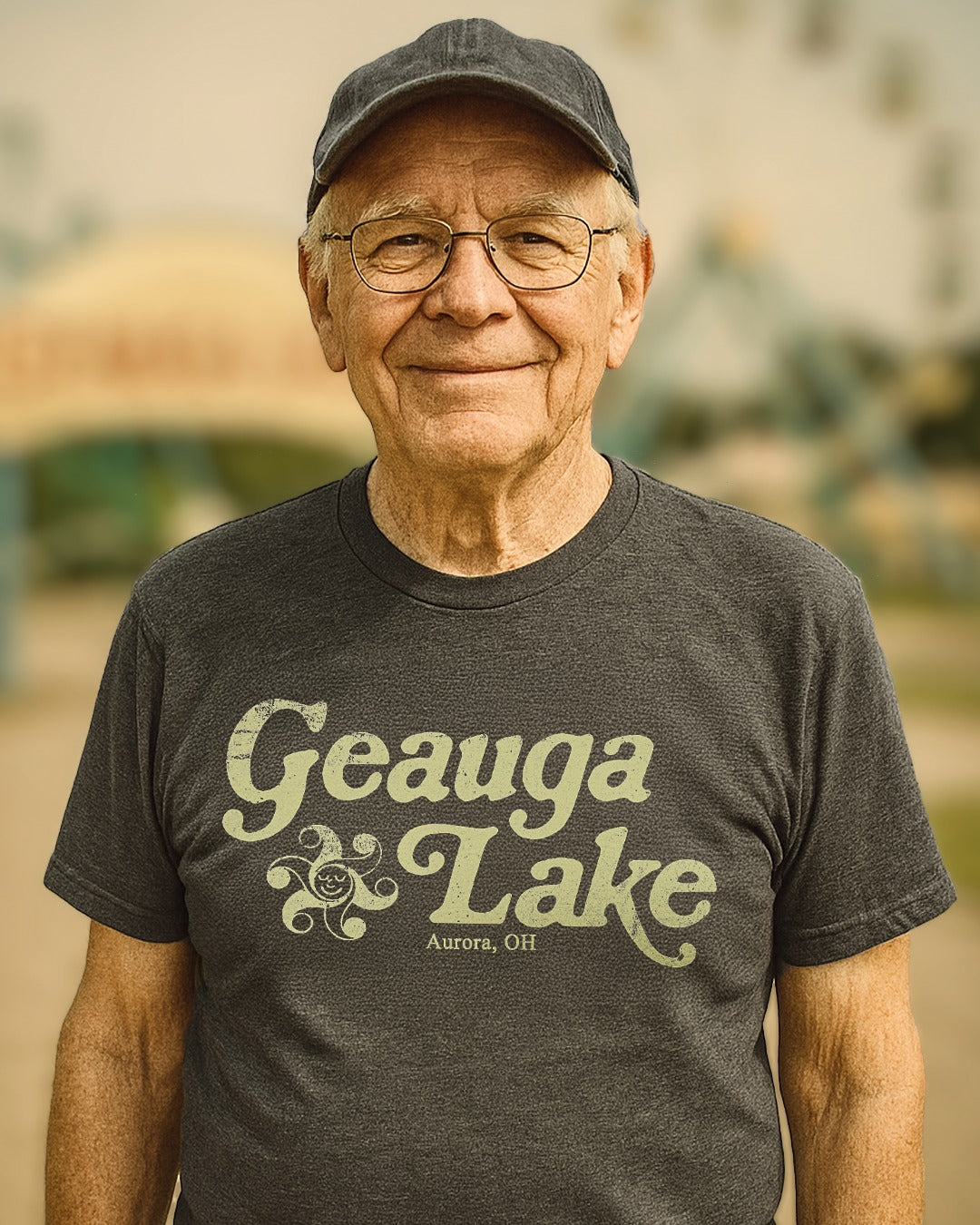To the young people, AstroWorld is an album by rapper Travis Scott. However, to slightly older folks from Southeast Texas, AstroWorld inspires memories of a great amusement park in Houston that welcomed its final guests in 2005. Indeed, Scott is from Houston, and his album takes its name from AstroWorld, which opened on June 1, 1968.
Shop our AstroWorld shirts here, or click on the images below, and get 20% off with the code: ASTROWORLD at checkout.
A grand vision
AstroWorld was part of the larger Astrodomain development that included the Astrodome, an arena, convention center, and training center. Those facilities were built just north of I-610, south of downtown Houston. Reliant Stadium (now NRG Stadium), home of the NFL’s Texans, was added in the early 2000s.
The amusement park was located across the freeway and connected to the rest of the Astrodomain via a pedestrian bridge. A monorail to connect the amusement park with the rest of the complex was planned but never built. Disney was consulted, and the pedestrian bridge over the freeway included supports on either side for the monorail but plans never moved forward.

The old pedestrian bridge over I-610 in Houston shows supports for a never-built monorail system to connect AstrWorld with the rest of the Astrodomain.
Theming and expansion
The park opened with seven distinctly themed areas: American Square, Alpine Valley, Children’s World, European Village, Modville, Plaza de Fiesta, Oriental Corner, and Western Junction. It was designed by Hollywood set designer and architect Randall Duell, who had worked on such films as Singin’ in the Rain, The Wizard of Oz, and The Postman Always Ring Twice. Duell also designed Magic Mountain in California, as well as the original Universal Studio Tours in California, Six Flags Over Texas, Marriott's Great America theme parks, and Opryland in Nashville. An eight area, Fun World, was opened in AstroWorld in 1970, followed by the Country Fair area in 1972.
The park was originally owned by the Hofheinz family, whose patriarch, Roy, had spearheaded the Astrodomain development, as well as the efforts to bring professional baseball to the city in the form of the Colt .45s, later renamed the Astros.
Six Flags
In 1975, Six Flags took over park operations with an option to buy, which they did before the park opened for the 1976 season. In 2005, despite the park’s continued popularity, Six Flags saw a chance to make a killing by selling the land upon which AstroWorld sat. The arrival of the NFL’s Houston Texans, and the opening of Reliant Stadium, signaled increased commercial property values in the area; or so Six Flags thought.
They closed the park on October 30, 2005, sending some rides to sibling parks but demolishing most of AstroWorld. After the razing was complete, the company wound up making less than half the money they projected. More than a decade and a half later, the land remains largely undeveloped, with some of it being used as overflow parking for NRG Stadium and events at the Astrodome.
Memorable rides at AstroWorld:
Texas Cyclone (1976)
Looking to add a classic wooden coaster to the park’s lineup, Six Flags looked into buying the world-famous Cyclone from Coney Island in Brooklyn and moving it to Texas. Instead, though, AstroWorld opted to build a slightly larger twin of the New York classic.
Thunder River (1980)
Wild rapid rides have been popular attractions for years at the nation’s amusement parks. Thunder River was the first. The idea came from the park’s then-general manager, Bill Crandall.
XLR-8 (1984)
Another first for AstroWorld. After the failure of The Bat suspended coaster concept a few years earlier at Kings Island in Cincinnati, Arrow Dynamics introduced a new design the first of which was XLR-8 at AstroWorld. It was the first successful suspended coaster and stayed in operation until the park closed in 2005. Sibling coasters Iron Dragon at Cedar Point, Ninja at Six Flags Magic Mountain, Top Gun (now The Bat) at Kings Island, and more, followed.





